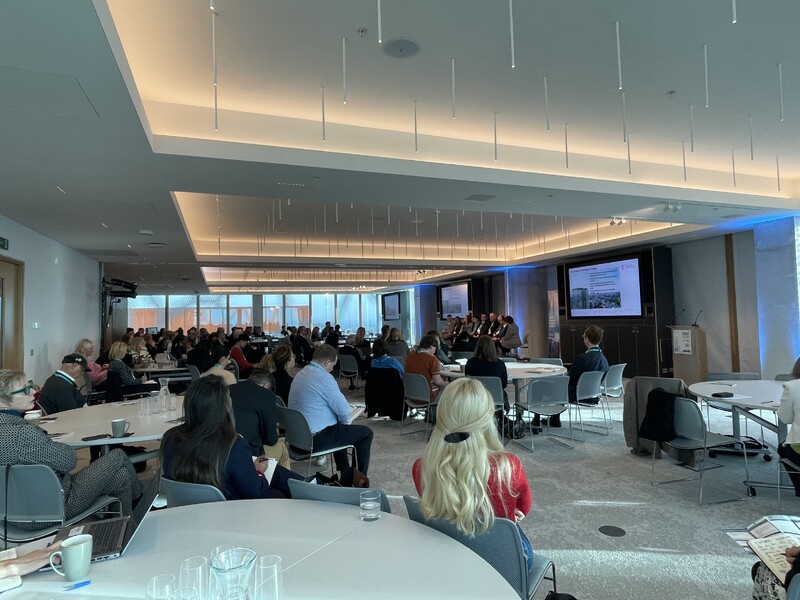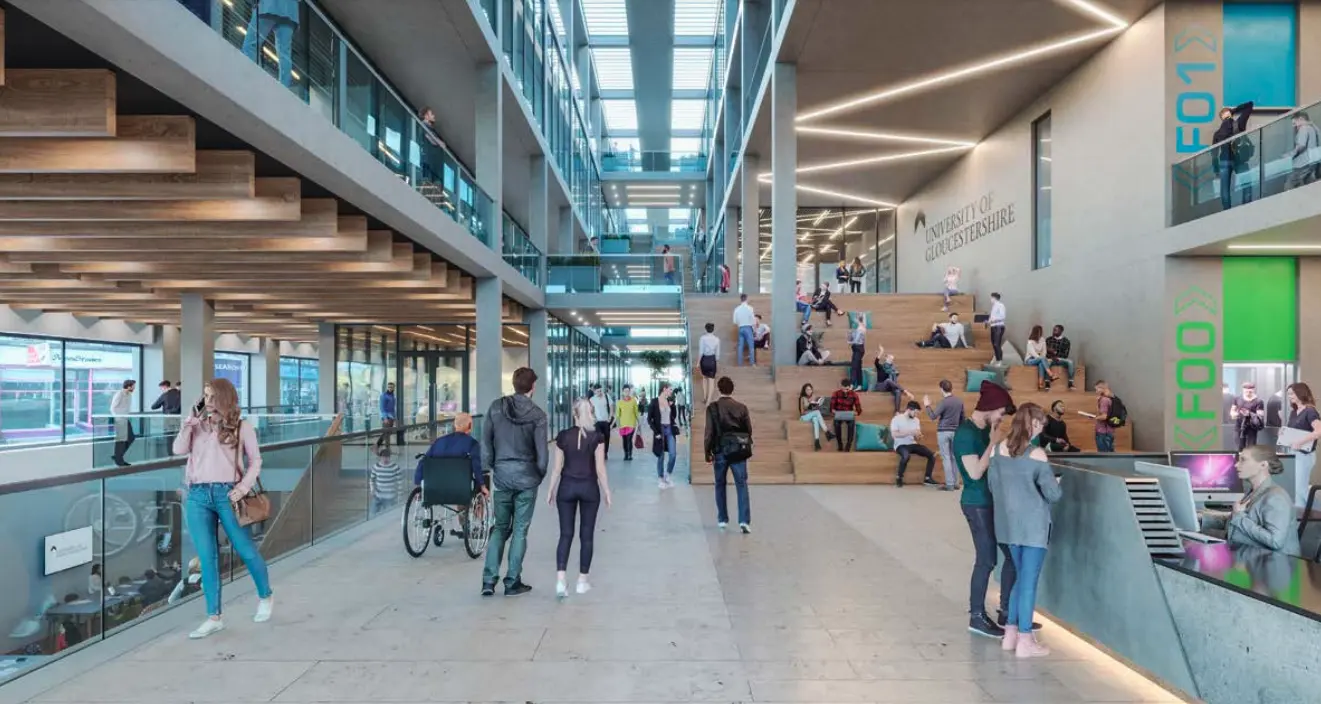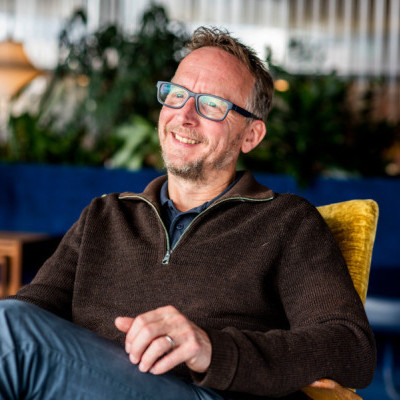Reflections from the Healthy City Design Conference
This is a really interesting event, now in its 7th year. It sits with a nice contrast to more healthcare-orientated events which often focus on the facilities and services we use to treat poor health. This event is about what drives our health, particularly in relation to our cities and urban environment.
Philosophically the event leans on Nigel Crisp’s book, titled from the African saying that “Health is made at home; hospitals are for repairs”. This whole event is about how the built environment, especially around our homes and communities, is what drives health, good health.
The event was kicked off by a fantastic keynote from Sir Michael Marmot talking about his 10-year review since his original groundbreaking study. In many ways, his insights were the shock that the event needed at the outset. Since 2010, largely because of austerity, life expectancy in the UK has failed to increase for the first time in over 100 years. Another notable insight was that if we remove London from the UK, we are poorer than Mississippi.
The impact of austerity on housing, diet and the environment is stark. As he talks about in his book, The Heath Gap, why do we continue to treat people and then send them back to the place that caused the problem?
As was referenced a number of times by other speakers, where you live is the No 1 predictor of life expectancy.

Nathalie Roebbel from the World Health Organisation had some interesting thoughts on the interconnected nature of our urban system and how we look both strategically/nationally (macro) and at city-level interventions (micro).
Then diving into the various conference streams, there was a lovely talk from Ilaria Fabbri from the University of Camerino in Italy, about their work on a pilot looking at air pollution and designing new objects on the street to monitor but also provide services. She had an interesting starting idea of how urban artefacts drive behaviour especially when they are poorly maintained or disparate located. Additionally, new micro-mobility services have led to new products or in the case of scooters, a lack of them.
Her research and design work has explored interconnected functions and how to co-locate under a modular structure. So e-bikes, bike racks, parcel lockers, bike repair. charging, and recycling all combined with IOT installations to monitor clear air. The Smarthub product is modular so they have co-created different solutions for each location they have trialled it to develop how those pieces come together to make more sense in each location.
Lucy Gunn from RMIT University in Australia, talked about her work looking at the transit system in Melbourne. They have been modelling/simulating the potential impact on the population. They found a likely increase in the use of public transit and walking in younger age groups but not in older ones. This nicely highlighted the need for different interventions required alongside just providing the system to get older passengers to adopt - safety, usability and accessibility. It reinforced the importance of improving accessibility not just for disabled people but for adoption by older passengers whom we often don’t think of as disabled.
There was a common theme through many of the talks about the importance of co-creation with the local community, especially around the design of public spaces and services.
Christelle Lahoud, from UN-Habitat, talked about the importance of accessibility of public spaces and a real focus on the importance of a participatory design process, especially with young people who often don’t have a voice. It was great to hear her experience of having to find different approaches and different languages to engage with young people - as an example they had used Minecraft as one way to facilitate.
In a similar vein, we then heard from Paul Cummins and Fiona Caplan on their work in the Sefton area of Liverpool. The partnerships formed there showed the same value of co-creation but for older people. They also had a wider focus on bringing together different interest groups to support change and access funding.
Out of these conversations on public spaces came a really interesting question about not just meeting functional/utilitarian needs but about civic pride. It made me wonder how we might equate civic pride to the emotional needs of the people? But it was clear in the role of co-creation in giving the community a sense of ownership of public space and how that can go towards addressing that sense of pride.
There were also some good lessons on the difference between consultation and co-creation and the importance of trust in a co-creation process. Clearly, co-creation can be done badly too and trust can be quickly lost if nothing actually happens so end-to-end involvement is important.
Rounding out the first day, and perhaps returning to the more depressing state of affairs was a panel session on the fantastic Healthy Homes Campaign led by the Town & Country Planning Association. The conversion was led by looking at the drive to convert post-Covid, now underused commercial property into residential. Sounds like a good idea. But the reality is it is being done through permitted development which requires no planning consent. The result is a profit-driven approach from some developers resulting in wholly inappropriate housing that is producing significant health impacts on the people living there. Houses with no opening windows, no sound insulation, houses in poor locations adjacent to main roads, the list went on. It seems once again, short-term political decision-making and good “window dressing” of policy has wider impacts of costs elsewhere in the economy and serious quality of life issues for those living at the sharp end of the policies.
Back to the more positive conversations, was a return to the theme of how we improve spaces and places for local communities and the health benefits that can be accrued.
There was a great community-led project in Birkenhead around the Dock Branch development to convert unused railway lines into a community park and space.
The repurposing of a major vacant “anchor” department store in the centre of Gloucester to create a city centre campus for the University alongside multi-use for the community as part of the regeneration of the city centre space.

Taking the theme into city centres and retail there was mention of the Kindness Economy idea from Mary Portas that is being reflected in our newfound love of more independent shops and maybe our high streets are being reshaped to lose some of the old brands that were just everywhere. As Anna Lappe said, “every time you spend money, you're casting a vote for the kind of world you want.”
Trees for Cities has a lovely definition of forgotten places where people were vulnerable through low canopy cover, high deprivation and vulnerability to climate change. This idea took them to identify around 30 coastal sites which they piloted at 9 where they have planted trees and supported the community in building skills and resources to maintain them.
Finally, there was a great debate around the 15-minute city concept which has come in for some negative press as the political culture warriors have latched onto this as some form of controlling where we go and what we do. The reality of the concept is far from that.
Camilla Siggaard Andersen from Hassell talked about the six classes of amenities that should be within easy, walking reach of each individual - education, work, accommodation, nutrition, health & care and recreation. They did research in Ireland on what people wanted which showed the implementation of the ‘concept’ is so much more nuanced. Some amenities people wanted closer, but would accept some further away - so the “15 minutes” should not be seen as a rule. These amenities are also not equally important at all times or to everyone in the same way, notably as we age
The main thing, lost in the culture wars discourse, is the concept is actually about choice. It’s up to you where you go to work or shop, but this concept gives you the choice to be able to walk to all of them if you want.
But there is a challenge in realising the concept: making it work requires a degree of density and some of the trade-offs are about space taken for cars in our current urban design. This is where some people have latched onto this is all about cars and banning them. Although there is a truth that density and more compact living is not often what people think they want (a perception problem) - they also don’t understand that density may also be part of creating a more sustainable city so may be inevitable in some form.
But the argument should really be about what you can get from this concept and a more holistic and sustainable view, rather than getting lost in the wrong angle which is about banning things…which it isn’t.
Elad Eisenstein from Aecom talked about how rather than looking at creating 15-minute cities, have we organically, already created them in some places. He used Stratford as an example as it has many of the features one would anticipate in a 15-minute city. But maybe part of what is important in its acceptance and perception is it’s never been called a 15-minute city or that wasn’t an explicit intention from the outset!
Elad ended with a reference to the point of the concept is to deliver an experience for the citizens, harking back to his starting place quoting Aristotle: “Men come together in cities in order to live: they remain together in order to live the good life”. It is the experience that delivers the good life.
Summary
In many places, the conference was depressing with clear evidence of the negative impact of austerity and government policy in creating more inequality in health outcomes, life expectancy and storing up long-term costs for short-term expediency. Some of the lies and deceit about how that is framed by the government are, in my personal view, shameful.
But the conference also represented a community of people trying to make a difference despite all of this. That gives hope that in projects and communities, there is an aggregation of impact that can improve people's health and keep them away from needing the NHS for everything but for when they are truly broken. That was inspiring.
Written by:

David Watts
Managing Director
David is our Managing Director with over 20 years of practice as a Human Factors and design consultant. He has delivered projects across sectors including rail, O&G, airports, utilities and the emergency services. He has worked with clients such as Network Rail, Siemens, easyJet, WSP, National Express, TfL and HS2.